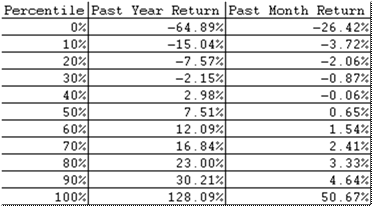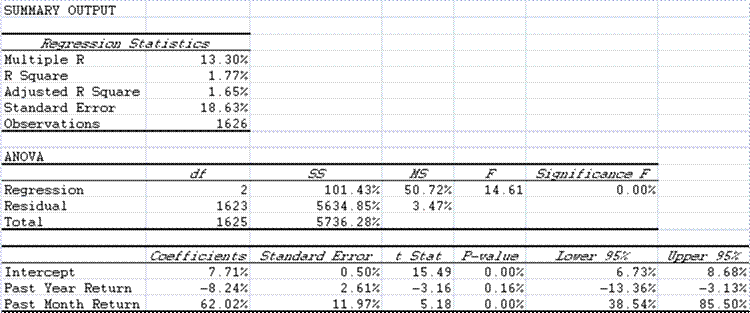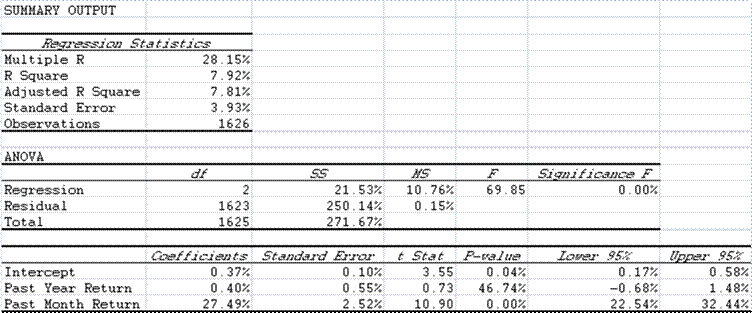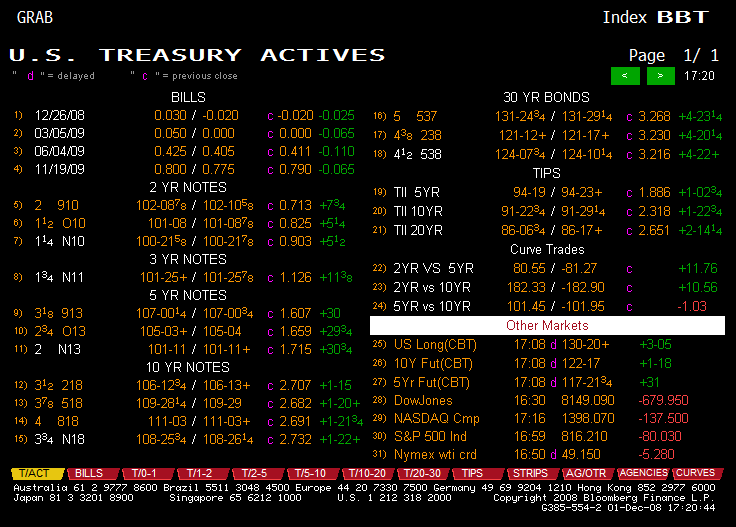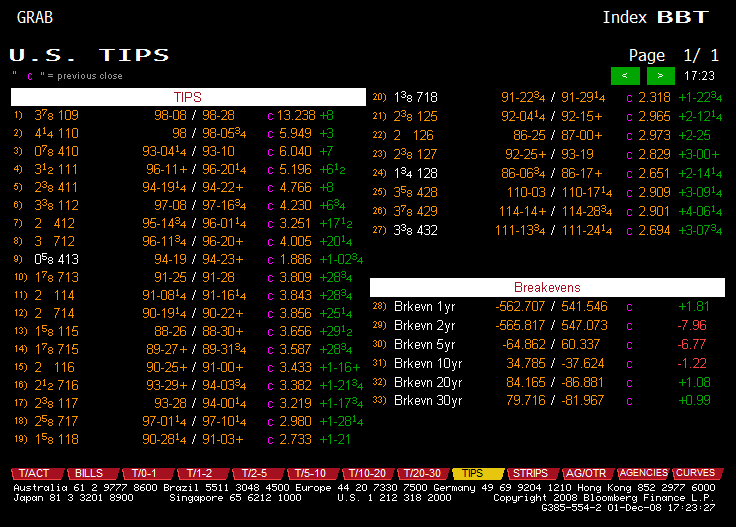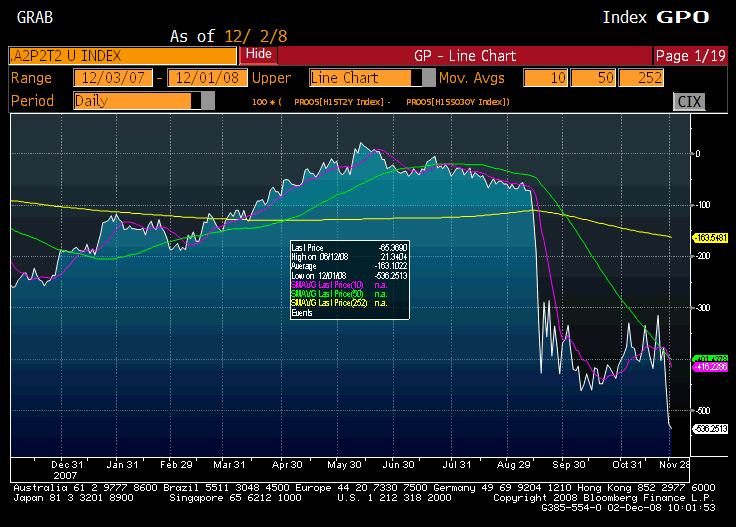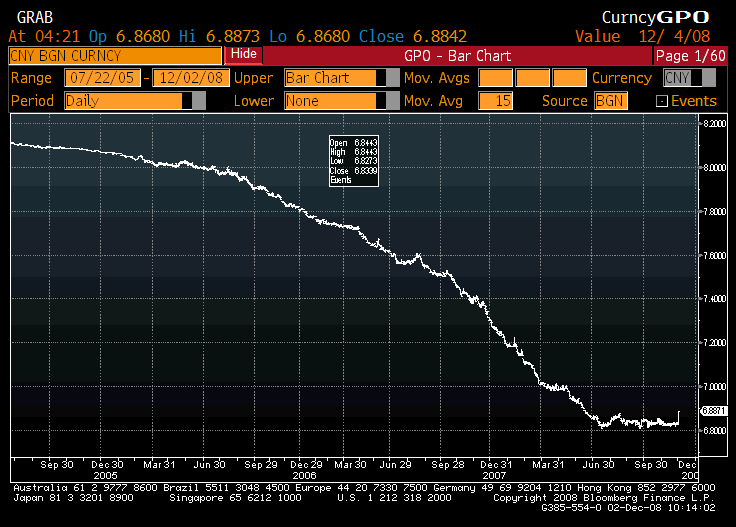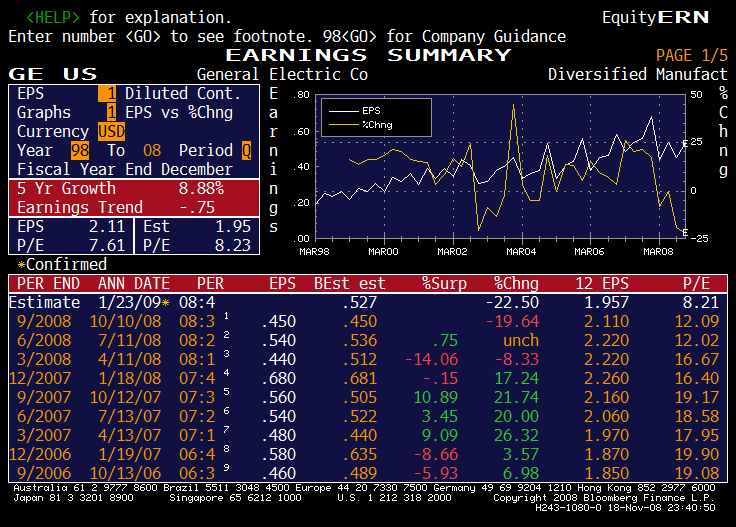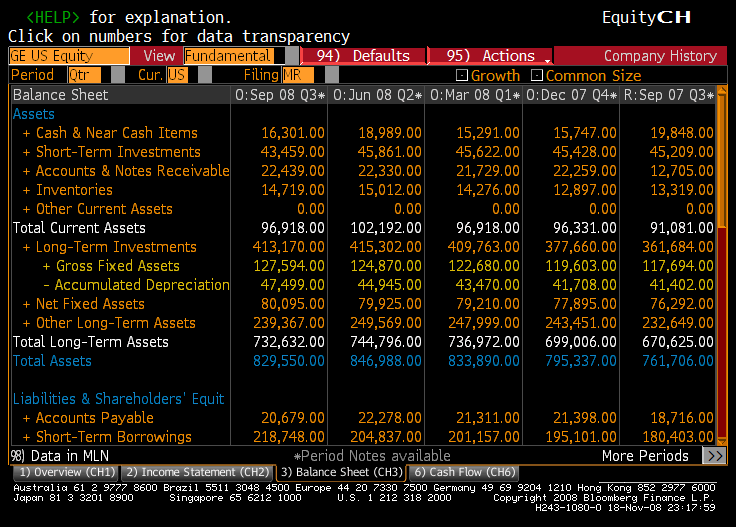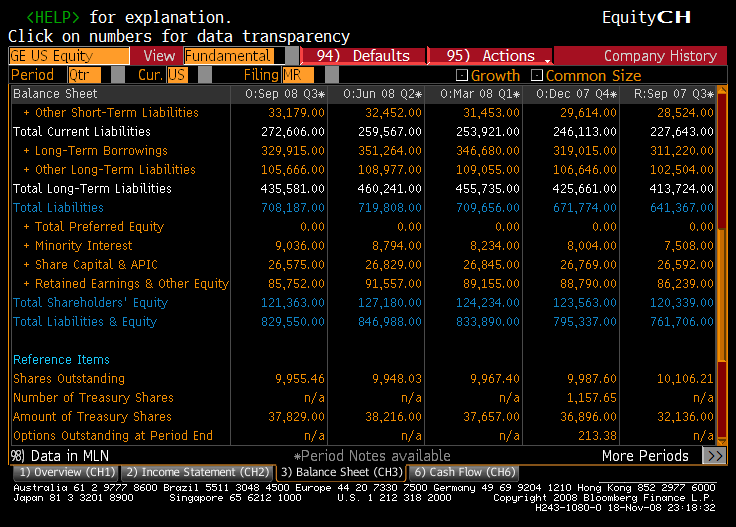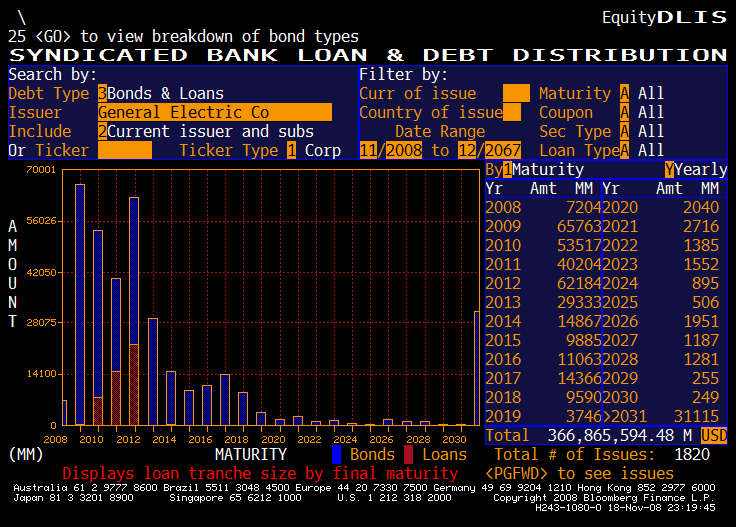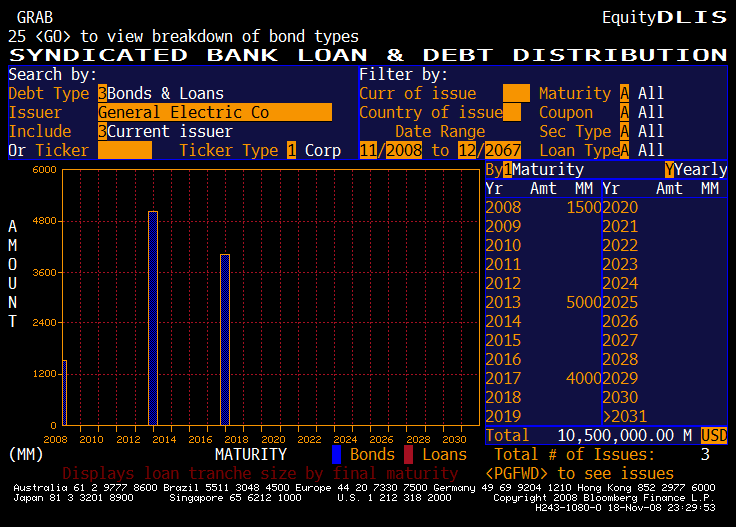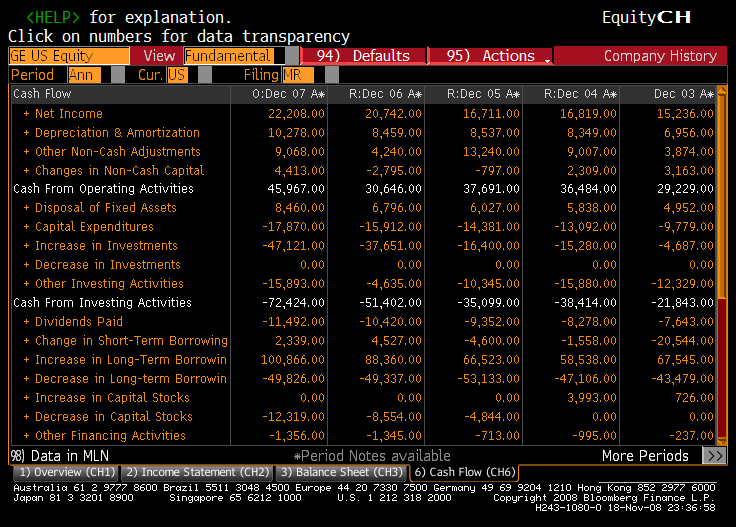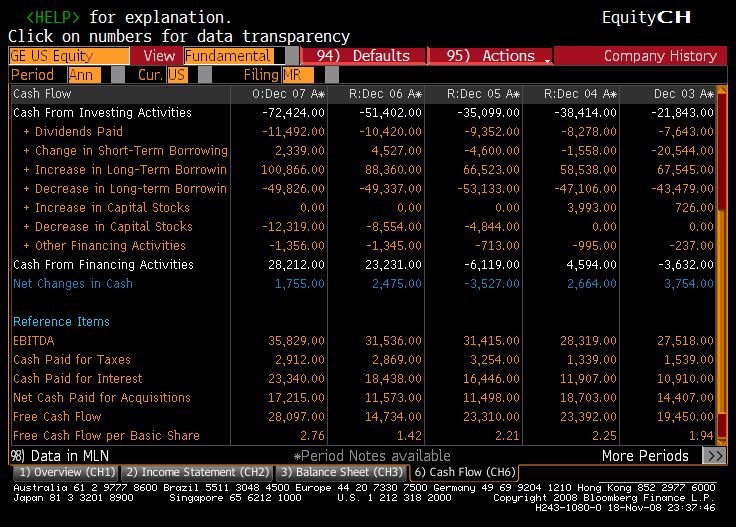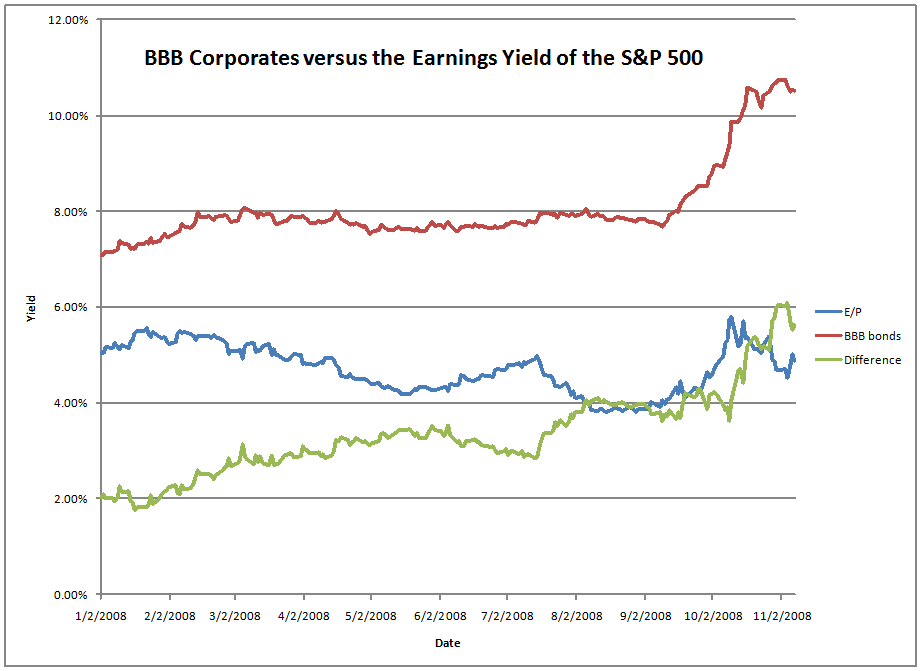I enjoyed the pieces by Felix Salmon and James Surowiecki, and Eddy Elfenbein on how stocks work.? I have reproduced their arguments here, together with my thoughts.
Felix Salmon: What’s the relationship, in theory, between a company’s return on equity, on the one hand, and its stock price, on the other? Does a high return on equity mean a rising stock price, or is it a rising return on equity which means a rising stock price? Or, to put it another way: if one company has an ROE which is (expected to be) flat at 4%, and another company has an ROE which is (expected to be) flat at 14%, would you expect the latter to rise more than the former, or indeed either of them to rise at all?
Jim Surowiecki: Your first question, unfortunately, can’t really be answered in the abstract. It’s perfectly possible for a business with high returns on capital to still be overvalued – that is, for its stock price to overestimate the cash flows it will generate over time. In that case, the fact that a company is generating high returns on capital won’t translate into an increase in its stock price. Microsoft’s average return on invested capital, for instance, is consistently good – above 25% — but its stock is just about where it was a decade ago.
This speaks to your second question, which is really about expectations. If the market is accurately forecasting the returns on capital of the low-ROIC company and the high-ROIC company, you wouldn’t expect the latter’s stock price to dramatically outperform the former. But assuming both are fairly valued, the high-ROIC company will have a much higher valuation, meaning it will generate more income for shareholders going forward (in the form of dividends, buybacks, etc.)
That’s why, all things being equal, you want to own shares of companies that generate high returns on capital rather than those of companies that don’t. This is, in a way, self-evident. If you put money into a company, you want it to use that money to generate high returns, higher than you could get elsewhere. That’s what companies that have high returns on capital do: Microsoft earns an additional twenty-five cents for every dollar it invests. By contrast, companies with low returns on capital create less value, and companies that earn returns that are lower than their cost of capital (as was true of Japanese companies between 1990 and the early part of this century) actually destroy value for their shareholders.
Eddy Elfenbein: A company?s share price is the net present value of all future cash flows. A company?s return-on-equity is a measure of profits for the next year relative to present equity, so the two are connected. However, a high ROE does not translate to a rising share price, but a rising ROE should. Regarding your question, I would assume that the market has discounted both stocks? net present value which incorporates ROE. Therefore, I would only expect the stocks to rise at the pace of the risk-free rate plus the equity risk premium.
This may help: ROE can be broken down into three parts; profit margin, asset turnover and leverage. It goes like this:
Profit margin is earnings divided by sales. Asset turnover is sales divided by assets. Leverage is assets divided by equity.
Earnings……….Sales…………..Assets
—————X—————-X————–
Sales…………….Assets………..Equity
Note that the sales and assets cancel each other out to give you Earnings divided by Equity.
David Merkel: The question can be answered in the abstract, with some noise.? With a few assumptions/limitations as disclosed in this article, Quantitative Analysis is not Trivial ? The Case of PB-ROE.? In most mature industries where capital constrains growth, there is a linear relationship between price-to-book and and ROE.??? This is a result of the dividend discount model, given the assumptions of the article that I cited.
There is the inherent assumption that net worth is the limiting factor in doing new business.? If that is not the case, then the model does not work.? If sales is the limiting factors the equation becomes price-to-sales as a function of profit margins.
FS: What’s the relationship between stock price, ROE, and risk-free rate of return? Would one expect ROEs in a country with a zero risk-free rate to be lower than ROEs in a country with a higher risk-free rate? How does that feed in to stock prices, if at all?
JS: You would expect returns on invested capital to be lower in countries with lower risk-free rates (like Japan). Two reasons suggest themselves for this: first, the low risk-free rate may be indicative of lower growth prospects for the economy as a whole. But also, when the risk-free rate is low, the hurdle rate for corporate investments is also lower (because investors’ expectations of what counts as a reasonable return are also lower.) That may make companies more likely to invest in low-return projects. Both factors have something to do with why Japanese firms have underperformed over the last twenty years (and in particular in that 1990-2002 stretch). But I think the most important factors explaining the low ROIC of Japanese firms were their indifference to shareholder value and their willingness to invest in value-destroying projects.
EE: Again, a company?s share price is the net present value of all future cash flows. ROE is the best measure of the growth of future cash flows. How do we discount that? We discount it by the cost of capital which is risk-free rate plus an equity-risk premium. That?s why a lower risk-free rate tends to boost equity prices.
According to the Gordon Model, it should look something like this:
Price = Earnings/(Risk Free Rate + Equity Risk Premium – ROE)
DM: The risk free rate often has little to do with where corporations can source funds.? Eddy talks about the equity risk premium, but that varies over time.? At present that risk premium is high.? If the country in question is in a liquidity trap, like Japan, equity risk premiums are high.? In general, equity risk premiums are a free market, and disconnected from the “risk free rate” represented by short government bonds
FS: How can a company with a positive ROE destroy economic value for shareholders?
JS: The key to understanding how a company with a positive ROE can nonetheless destroy economic value is simply recognizing that equity is not free. It has a cost, just like debt does, a cost that reflects the return that investors demand as compensation for the risks and opportunity costs that owning equities entail. We can debate how to calculate that cost of equity (risk-free rate + market risk premium is a simple solution). But the basic principle is, as I said above, that a company is only creating economic value for its shareholders if it’s earning more than its cost of capital. Again, this is intuitive: if you were the part owner of a company that, on a risk-adjusted basis, was earning less than the yield you could get on a 30-year T-bill, you probably wouldn’t keep your money in that company, because you would effectively be losing money with every day that passed. Shareholders feel the same way, so the share prices of companies that earn less than their cost of capital are unlikely to rise over time. According to a study by the Japanese government, Japanese companies’ return on capital was below their cost of capital for roughly the entire decade of the 1990s through 2002. If you want to know why Japanese stock prices fell precipitously during that period, that’s the biggest reason why: the companies weren’t creating any value for shareholders. And what made it worse was that, as a result of the bubble, expectations were already inordinately high.
One thing I should say, though: Japanese companies have significantly improved their performance in the past five years, and there’s a strong case to be made that, as in the U.S., the recent sell-off of the Nikkei has been massively overdone. In fact, if you think that the transformation of Japanese firms in recent years will be long-lasting (I’m agnostic on the question), then the Nikkei looks very undervalued right now – or at least it did before it rose something like 15% in the last week and a half.
EE: All companies in all industries are in phantom competition with the cost of equity capital. Even though you can?t see it, you?re struggling against it every day. So even if a company manages to squeak out positive ROE, capital will not flow your way if you keep losing to everybody else.
DM: No disagreement here.? Companies must earn more than their cost of capital in order to add value.? This helps explain why low positive ROEs trade at a discount to book value.
=-=-=–==-=-=-=-=-=-=-=-=-=-
That’s all, and spite of all the discussion here, I own shares of? Honda Motors and the SPDR Russell/Nomura Small Cap Japan ETF,
Full disclosure: long JSC HMC


